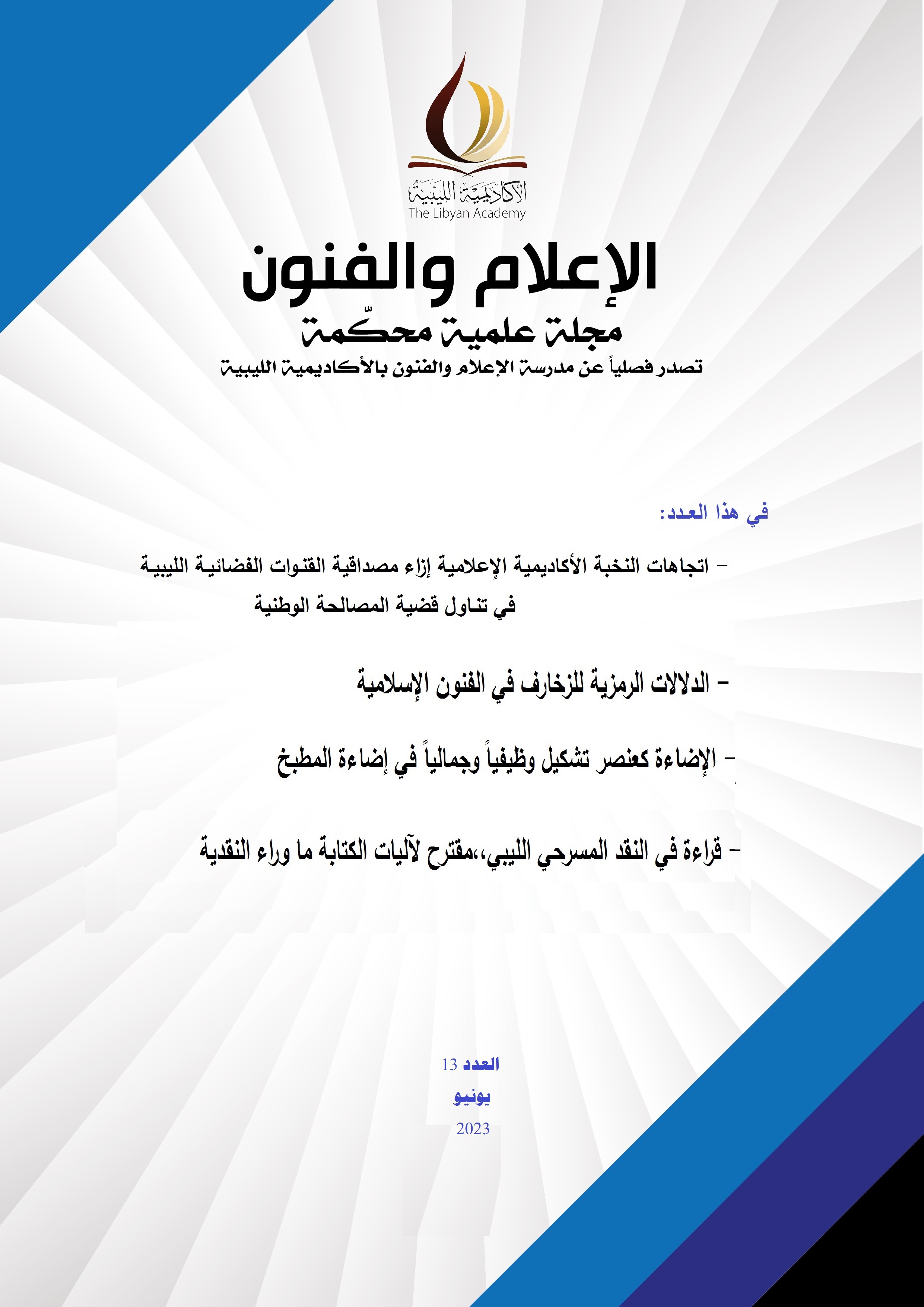الإضاءة كعنصر تشكيل وظيفياً وجمالياً في إضاءة المطبخ
Main Article Content
Abstract
Abstract
- Due to the rapid development of design generations in the age of information technology, lighting in interior architecture has come to face with many of the problems that modernity has imposed on the inner space.One of the most important internal spaces affected by external space is kitchens.
- Shedding light on the development of atypical trends that led to a breakthrough in the stereotypical theories and strategies of lighting, through a study of the types and characteristics of lighting to keep pace with development through (vacuum determinants – movement paths - vacuum philosophy)
- Knowing the effective features of the thought that drives the interior design and the philosophy of space for kitchen spaces.
- The research is based on studying the impact of Information Technology on lighting elements, and studying the impact of this variable factor (advanced technologies) of all kinds on patterns and trends of use, and the impact of the use of these technologies on the elements of interior design and the relationship between the thought that drives interior design and the philosophy of space for kitchen spaces.
- Artificial lighting is an integral part of the design process in kitchens in the current era, and it is one of the elements that may cause design failure or success, so it must be tried to integrate it with the design and function of the kitchen, and that the lighting units are no longer limited to lighting, but there are modern photovoltaic units such as optical fibers, and the LEDs that can be shaped are given an aesthetically distinctive and functional vacuum and save energy consumption.

